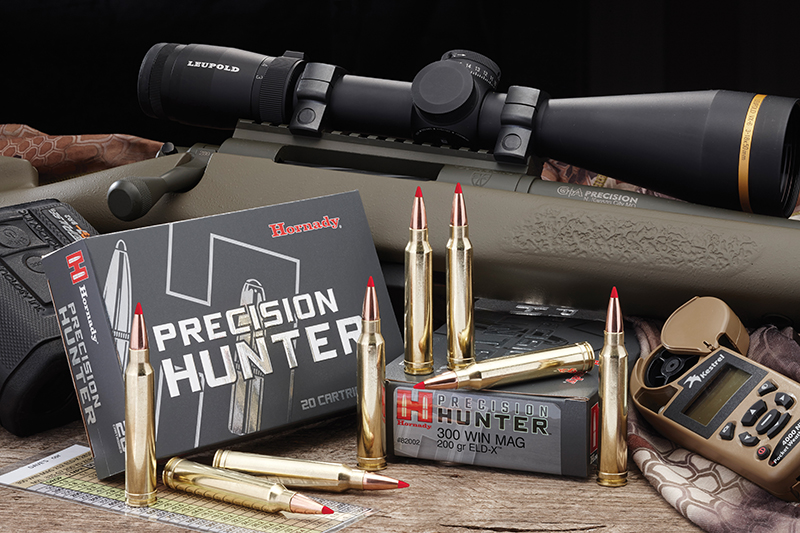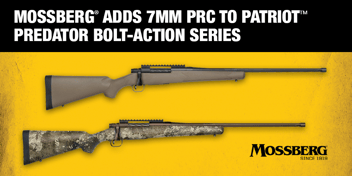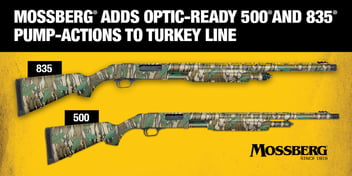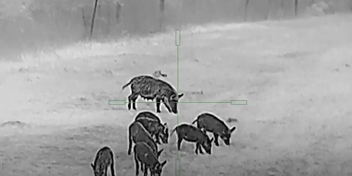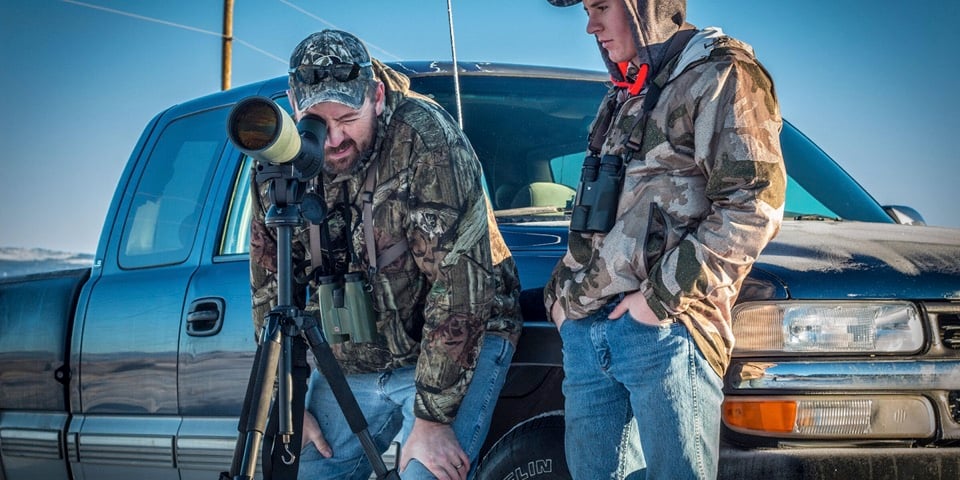
While there are thousands of different cartridges available today, from wildcats to commercially produced, there’s a champion’s stable of proven winners that we’ve all come to love and depend on when the early days of fall roll around. These are the 10 greatest deer cartridges ever made.
.308 Win.
One of the most popular big game hunter cartridges ever made, the .308 Win. is fully capable in the deer woods as well, and more manufacturers offer the .308 than any other big game caliber. Ideally suited for a 150-grain bullet traveling in the ballpark of 2,800 fps, the .308 carries plenty of stopping power and is effective out to at least 400 yards. First introduced as a sporting cartridge in 1952, the mighty .308 has proven itself everywhere from the cornfields of the Midwest to the battlefield. Ammunition is widely available, relatively cheap, and highly effective. This may well be “America’s Deer Cartridge.”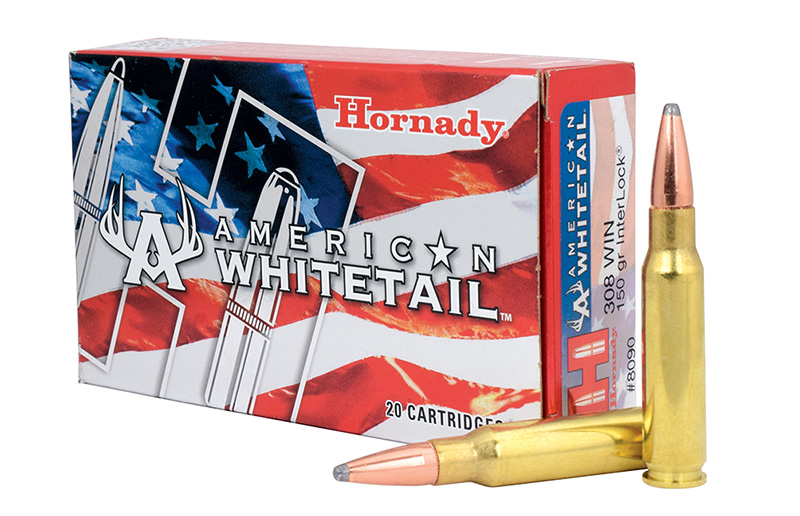
.30-30 Win. (.30 WCF)
The .30-30, or .30 WCF, was America’s first small-bore, smokeless powder sporting cartridge and was introduced in 1895 by Winchester. The original cartridge featured a .30-caliber, 160-grain soft-point bullet and 30 grains of smokeless powder, hence the name, .30-30. Relatively anemic by today’s standards — the .30-30 produces less than 2,000 ft.-lbs. of energy with nearly all loads, and velocities between 2,200 and 2,600 fps — the .30-30 has nonetheless earned a reputation as one of America’s most relied-upon deer cartridges over the last century. It has appeared in the bolt- and lever-action rifles of great note and is still popular today.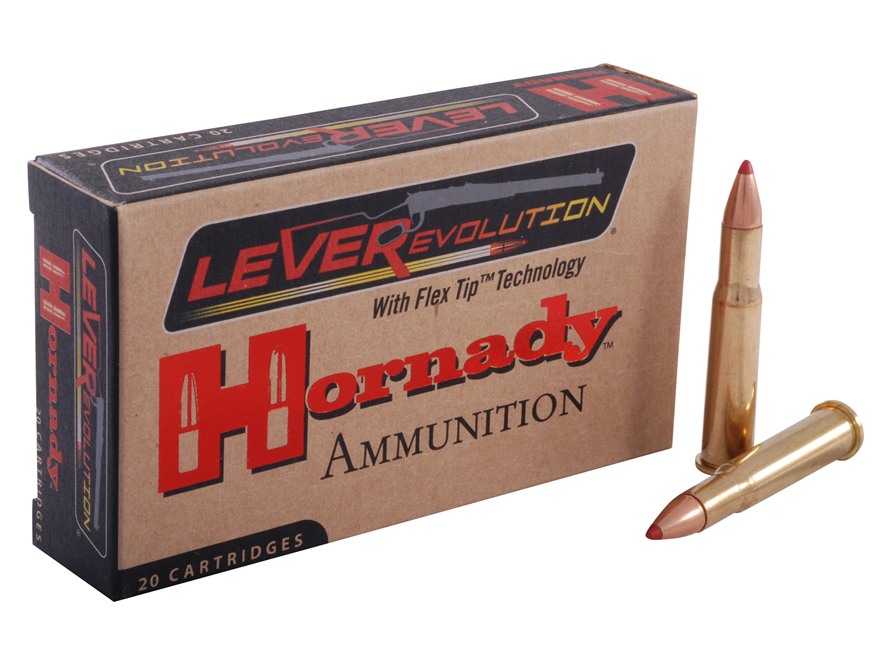 .30-06 Springfield
.30-06 Springfield
Adopted in 1906 for the Model 1903 Springfield military service rifle, the .30-06 is still to this day one of the most useful all-around big-game cartridges ever made. It is adequate for all North American big-game species and has seen its fair share of use over the years in the deer woods. The ol’ ought-six will send a 165-grain bullet at roughly 2,800 fps with the same ft.-lbs. of energy, and it performs well with bullets generally up to 220 grains and down to 110 grains. Often considered the steadiest load, the 180-grain bullet, which produces 3,000 ft.-lbs. of energy and retains a velocity of 2,750 fps, is more than enough for deer- and elk-sized game. Ammunition is widely available in all stripes and flavors, at inexpensive prices.
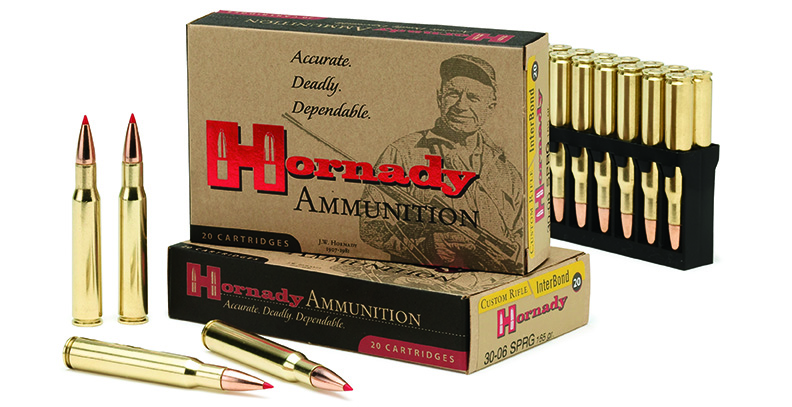 .243 Win.
.243 Win.
Introduced in 1955 for the Model 70 bolt-action and Model 88 lever-action rifles, the .243 (6mm) features a .308 case that has been necked down and has become one of the most-chambered calibers of any rifle. Producing outstanding velocities — a 95-grain bullet travels at roughly 3,000 fps — with minimal recoil and exceptional accuracy, the .243 is an ideal deer rifle and doubles for a long-range coyote and predator gun. I’ve known Western hunters who have successfully taken elk with the cartridge, which means it’s more than capable of taking even large-bodied deer. I also appreciate the cartridge because of its minimal recoil, making it a great option for new shooters, youth, and women.
.280 Rem.
Introduced originally in 1957, the .280 features a .284-inch diameter bullet (7mm) and is based on the .30-06 case necked down, and is very similar to the 7mm-06 wildcat cartridge. Slightly more powerful than the always-popular .270, the .280 offers essentially the same usefulness as the harder-recoiling .30-06 and can be used to take the same plethora of North American game species. The .280 will send a 130-grain bullet at 3,100 fps, or a 150-grain projectile up to 2,900 fps with 2,800 ft.-lbs. of energy. In terms of versatility for deer and any big game species in the United States, the .280 certainly ranks at the top.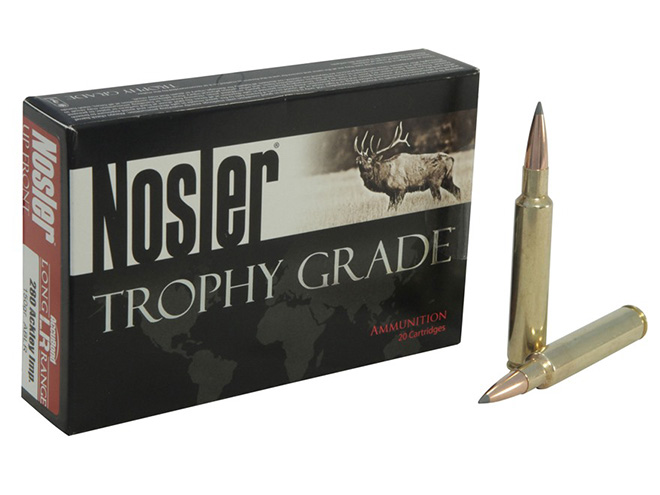 7mm-08 Rem.
7mm-08 Rem.
Introduced in 1980, the 7mm-08 is a .308 case necked down for a 7mm bullet, originally loaded with a 140-grain bullet traveling close to 2,800 fps. With slightly better downrange ballistics than the .308, the 7mm-08 is a well-recognized deer cartridge with plenty of horsepowers to get the job done. Handloaders can turn it into a viable elk cartridge, though factory loads are less versatile. A 130-grain bullet will reach velocities around 3,000 fps with 2,600 ft.-lbs. of energy, more than enough for a deer-sized game. The 7mm-08 is less popular than some of the other cartridges on this list, yet no less useful for deer.
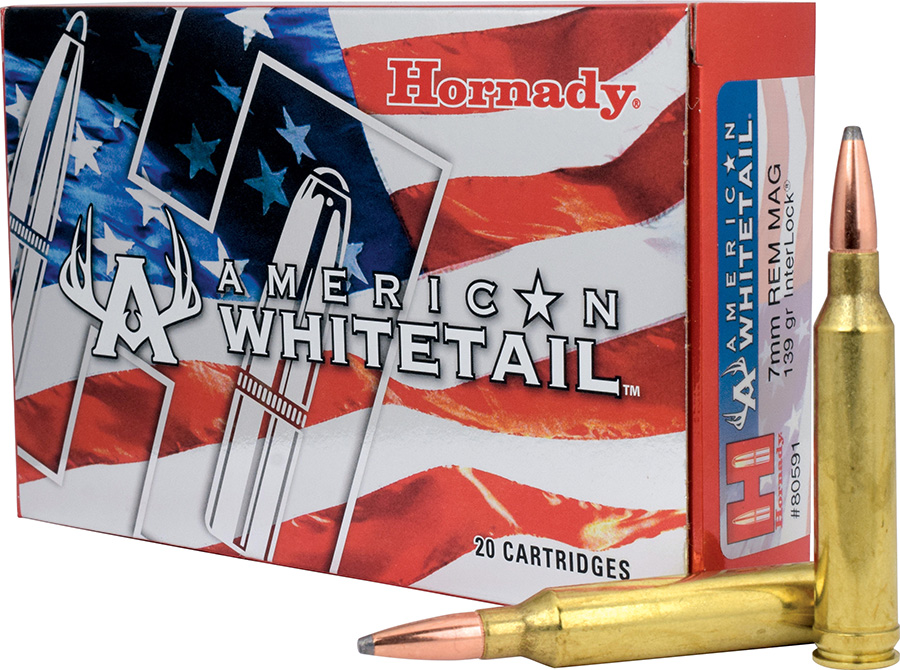
.25-06 Rem.
This is probably one of the sleepers on this list, at least in terms of widespread recognition, but it’s been around commercially since 1969, and as a wildcat since 1920. Featuring a necked down .30-06 case, the .25-06 can be used for varmint, generally in an 87-grain bullet, or for the larger game in bullets up to 120-grains. The 115-grain bullet is popular for deer, producing velocities over 3,000 fps and roughly 2,300 ft.-lbs. of energy. I know a local man that shot a trophy bull elk with the ol’ .25-06, though it took more than one shot. Low recoiling and lethal, the .25-06 has proven itself in the deer woods time and time again.
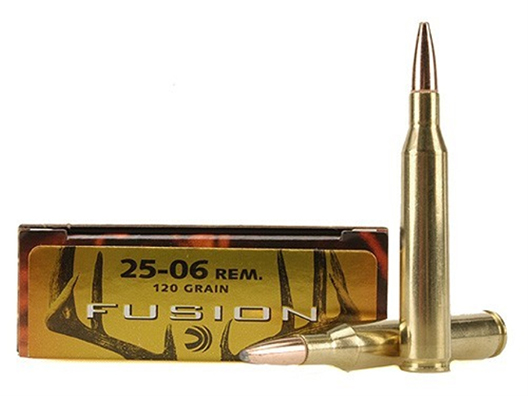 .300 Win. Mag.
.300 Win. Mag.
I’m not the biggest fan of the .300 Win. Mag., mainly because it’s a lot of unnecessary recoils, in my opinion, where other calibers would suffice (.308, .30-06, .280, etc.). That said, it’s beyond a doubt one of the most versatile hunting cartridges on the planet, with long-distance prowess and enough pop to level deer, moose, and brown bear. Introduced commercially in 1963, the .300 Win. Mag. has no doubt been used to take untold numbers of deer. I’ve known hunters and guides alike who swear by it for deer, and I’ve seen it take plenty of large-bodied elk. For deer, the 150-grain projectile screams at 3,300 fps with up to 3,600 ft.-lbs. of energy, while 180-grain loads still reach 3,000 fps. Widely available ammunition, plenty of rifle chamberings, and a pedigree among the best in a class all make the .300 tough to beat when it comes to raw power and long-range accuracy.
7mm Rem. Mag.
Launched in 1962, the 7mm Rem. Mag. is an excellent long-range, big-game cartridge. In the right rifle, the 7 Mag. is fully capable of handling the 1,000-yard shot and is of course more than enough to take a deer-sized game. A 120-grain bullet will scream at 3,350 fps, and recoil is less (in the right setup) than the larger .30-caliber chamberings. Widely available in a large variety of moderately priced rifles, the 7mm Mag. has proven itself as a reliable, highly-accurate deer rifle across the North American continent. It generally performs best in barrels 24 inches or longer and can be hard on barrel life. The 7mm Mag. is among the best big-game cartridges ever made, let alone deer rifles.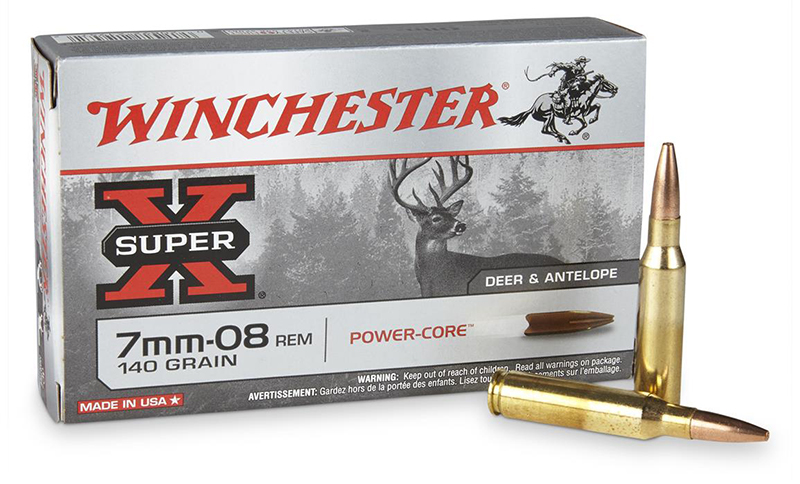
.270 Winchester
Championed in large part by the late Jack O’Connor, the .270 Win. is one of the most beloved cartridges ever made, including in the deer fields. Introduced in 1925, the .270 at that time provided more long-range performance than almost any cartridge at the time and has since been chambered so frequently that it would be almost unthinkable for a major rifle manufacturer not to offer this caliber in its stable. Loaded with a 130-grain bullet, the .270 produces velocities around 3,100 fps and energy in the 2,900 ft.-lbs. range, making it one of the most all-around versatile big-game cartridges ever made. Moderately recoiling and highly accurate, the .270 is in the running not only among great deer cartridges but any big-game cartridge ever made.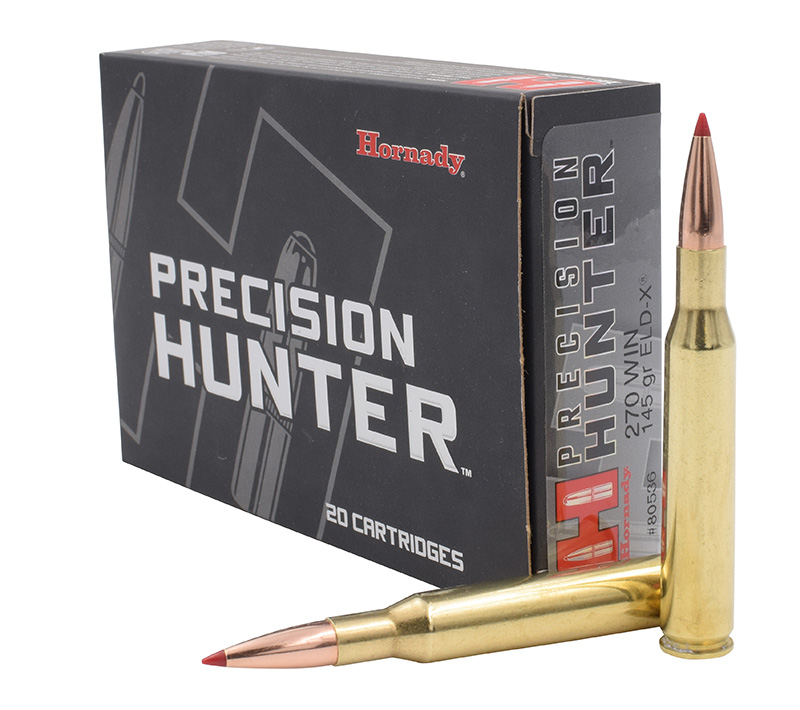
About the Author



